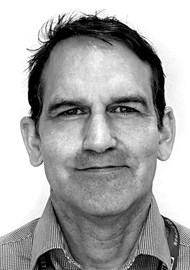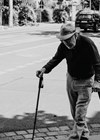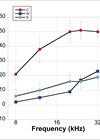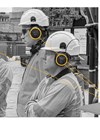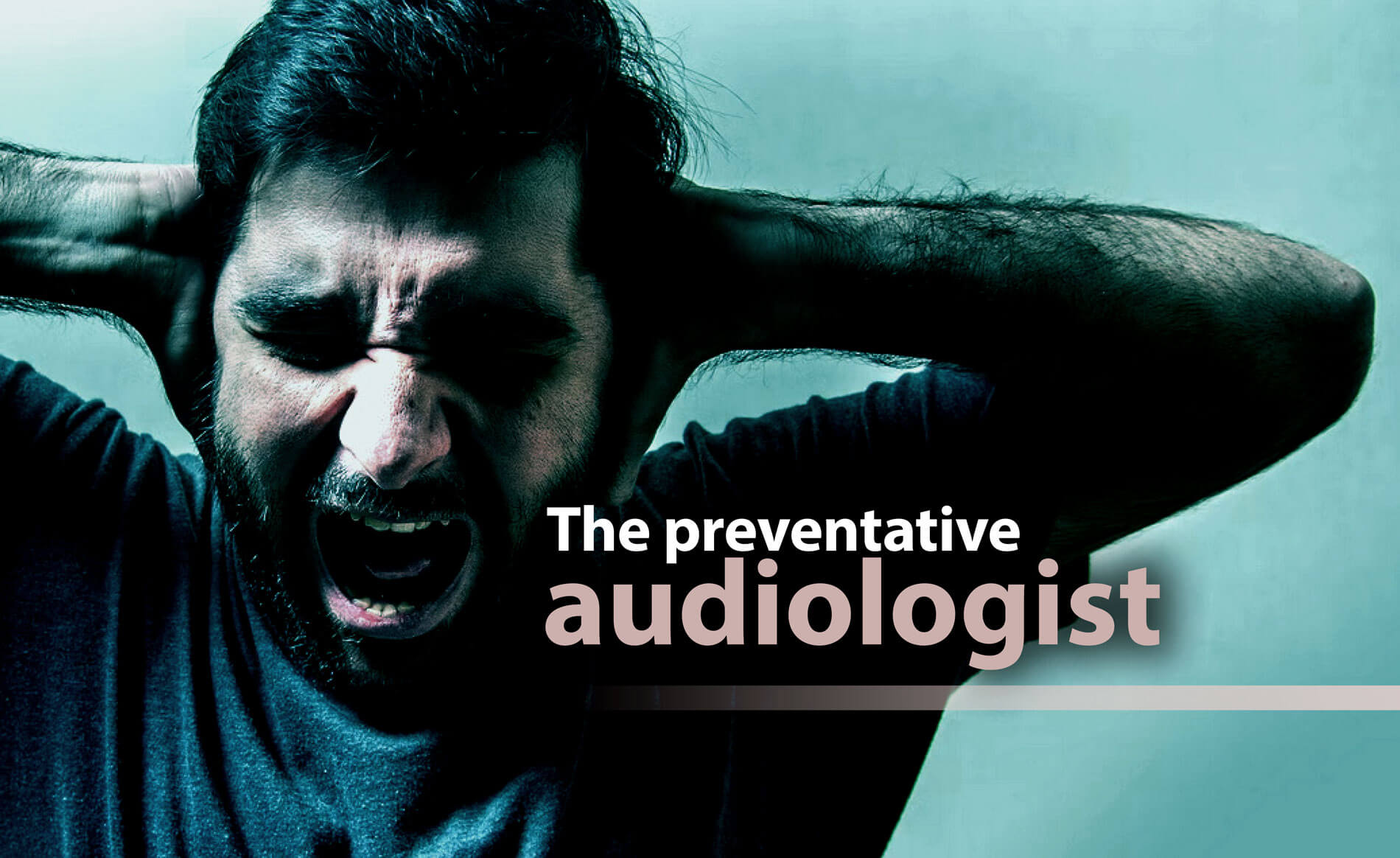
Rob Shepheard has been championing the role of ‘the preventative audiologist’ for many years. In this article, he explores how that can be achieved.
The profession of clinical audiologist has adapted and developed over the years, harnessing advances in technologies and knowledge. Predominantly, our role remains one of assessment and investigation. We diagnose or assist in diagnosis, and we treat or rehabilitate individuals with a range of auditory or vestibular disorders. It can be frustrating that many of the people we see present with hearing problems which may have been avoidable.
As we know, induced auditory conditions such as hearing loss and tinnitus as a result of sound exposure or ototoxicity, are often preventable, yet they are irreversible. Audiologists too often only react to those who have already acquired injury as a result of exposure. The question then is, can audiologists have a greater impact by being proactive in their practice to prevent disorders?
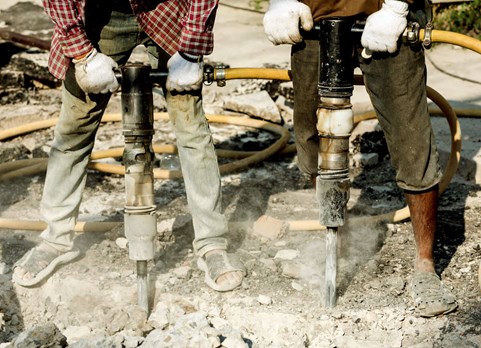
In addition to these acquired auditory conditions commonly dealt with by audiologists, there is increasing evidence of secondary health concerns linked to hearing loss and noise, including dementia and cardiovascular disease. These other resultant serious illnesses strengthen the importance of the preventative approach.
“An interesting example where OAE testing is already viewed as best practice is in the music industry”
In 2015, NHS England published the Action Plan on Hearing Loss Report and, in 2021, The World Health Organisation published the World Report on Hearing. The purpose of both vital publications is to encourage action and promote change. Developing strategies for the prevention of hearing loss and early detection have been clearly highlighted as key objectives. However, despite improving awareness of the consequences of exposure, there continues to be thousands of new cases of sound-induced hearing loss and tinnitus every year.
As the expertise of the clinical audiological profession is called upon to assess and care for those individuals once this permanent insult to auditory health has occurred, could not clinical audiologists, with the knowledge, skills and experience we already possess, become instrumental in developing and implementing strategies for improved prevention of hearing loss and early detection?
Audiologists can capitalise on their skillset to engage with those at risk of these preventable disorders and to encourage and assist stakeholders involved with conservation of auditory health to maintain or develop an effective approach. To do this, various aspects of risk, exposure, protection, and the methods used to address them and how we can gauge if those methods have been effective, must be considered. Regular, suitable measurement of auditory status provides evaluation on the efficacy of a vocational hearing conservation programme, commonly referred to as workplace ‘health surveillance’.
“This is a somewhat unique environment in which potentially hazardous sound is also the desired product of the activity and, therefore, we would not wish to eliminate or diminish it”
For decades, the test most used as the sole indicator of damaging exposure to sound in the health surveillance test battery has been audiometry, a subjective procedure reliant on the cooperation of the patient to assesses the whole auditory system. It does not specifically test the vulnerable structures of the inner ear, which are the first to be damaged by sound. Although audiometry is a vital test in our armoury and, when suitable, we must continue to employ it, it has limited sensitivity and is typically unable to assess early changes in auditory function that result from excessive sound exposure. Even when undertaken with the greatest accuracy, it is a test that will highlight permanent reduction in thresholds only after a significant level of irreversible damage has occurred to those vulnerable structures, and sometimes after the resultant emergence of disorders such as tinnitus, hyperacusis and difficulties with speech discrimination in noise.
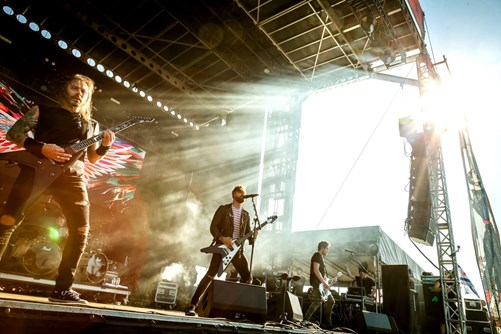
Why is it then that hearing conservation programmes are reliant on pure tone audiometry as the sole test in health surveillance as it lacks the sensitivity to measure changes in cochlear integrity at the early stages of injury. If this ‘hidden’ damage due to exposure is not recognised then gradual and insidious damage of the cochlear may proceed unchecked, resulting in continued irreversible auditory harm.
Research around the world into possible pathologies associated with induced injury, such as cochlear synaptopathy, proceeds and we wait with eagerness to see what knowledge and technologies this work delivers.
However, one vulnerable structure in the cochlear which we have understood for many years is one of the first to be damaged by exposure to sound and other risk factors is the outer hair cells (OHC). Damage to the OHC may also explain the sub-clinical symptoms of ‘hidden loss’, and it is known that a significant percentage of OHC function can be lost, caused by years of accumulated damage before any audiometric deficit is measurable. Consequently, we need to consider harnessing a well-used and understood procedure to measure this initial impact on cochlear function and the OHC.
Otoacoustic emissions (OAE) testing is a tried and tested measurement procedure and has been hugely beneficial and used primarily in clinics around the world for a screening test of hearing loss in new-borns. The resource of OAEs also offers us the potential to be used for wider applications in addition to neonatal screening. As we know, this robust and reliable test is objective, specifically measures the function of the vulnerable part of the cochlear damaged by sound, and will highlight reduced cochlear performance before audiometric thresholds worsen.
This technology provides an effective leading indicator of damaging exposure before permanent hearing loss develops, allowing us to take proactive measures to prevent further injury. It is already possible to test OAEs in the non-clinical environment and, with easily understandable and explainable reports, it becomes a tool well suited for the audiologist to play a central role in occupational and recreational hearing conservation.
An interesting example where OAE testing is already viewed as best practice is in the music industry. This is a somewhat unique environment in which potentially hazardous sound is also the desired product of the activity and, therefore, we would not wish to eliminate or diminish it. Musicians and performers could be considered an extraordinary group, as sound-induced hearing loss and tinnitus is far more commonplace in the performance sector than in other occupations but, additionally, it could be argued that a musician is more reliant on their hearing than most other professions for the longevity of their career and performance of their craft. Consequently, stakeholder organisations involved in music recognised best practice hearing conservation is a necessity and, as such, they reached out to the British Association for Performing Arts Medicine (BAPAM) for guidance.
A guidance document considering all elements of cohesive hearing conservation best practice for UK performers was subsequently published, covering health surveillance, risk assessment and the use of hearing protection. The guidance document can be downloaded from the BAPAM website at:
With the continuing challenges that healthcare systems worldwide are facing, audiologists must consider their role in this changing landscape. Embracing preventative audiology offers us the opportunity to develop the profession and contribute to a healthier future for all.
Further reading
1. Kemp D. Otoacoustic emissions, their origin in cochlear function, and use. British Medical Bulletin 2002;63(1):223‑41.
2. Attias J, Horovitz G, et al. Detection and Clinical Diagnosis of Noise-Induced Hearing Loss by Otoacoustic Emissions. Noise & Health 2001;3(12):19-31.
3. Vinck BM, Van Cauwenberge PB, et al. Sensitivity of transient evoked and distortion product otoacoustic emissions to the direct effects of noise on the human cochlea. Audiology 1999;38(1):44-52.
4. Kujawa S, Liberman C. Adding Insult to Injury: Cochlear Nerve Degeneration after “Temporary” Noise-Induced Hearing Loss. Journal of Neuroscience 2009;29(45):14077-85.
5. Korres GS, Balatsouras DG, Tzagaroulakis A, et al. Distortion product otoacoustic emissions in an industrial setting. Noise & Health 2009;11(43):103-10.
Useful video and podcast links
Guideline for Performers
www.youtube.com/watch?v=BKV7hNI7MWM
Audiology Support for Performers
https://youtu.be/JWgkVwV4x_U
Noise at Work Regulations
https://youtu.be/6jPtNHNVqVM
Noise Induced Hearing Loss
https://youtu.be/i75aflQozpc
BOHS Webinar on effective hearing conservation
https://youtube.com/watch?v=a7pRA6PeV5I&t=5029s
Podcast on musicians with tinnitus and auditory health conservation
https://youtu.be/Cecuz6fs6K8
Declaration of competing interests: RS was lead author of Best Practice Guidance Hearing Conservation for UK Performers, published in 2020. He is audiologist to the Royal College of Music and is on the audiological steering group for the British Association for Performing Arts Medicine.



